#Cangues d'Onís
Explore tagged Tumblr posts
Photo
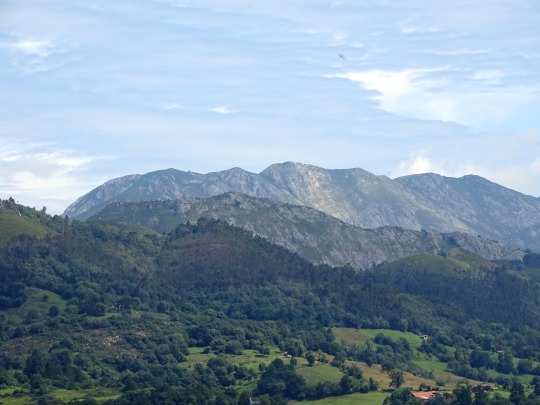
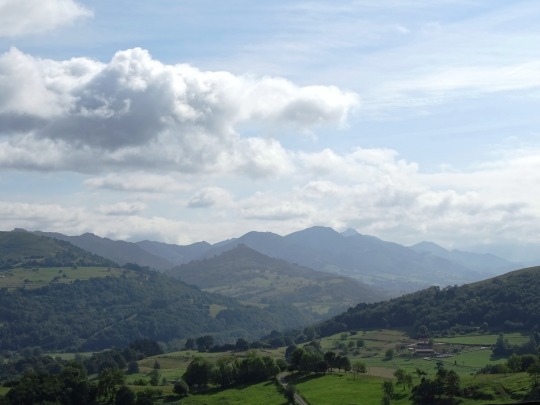
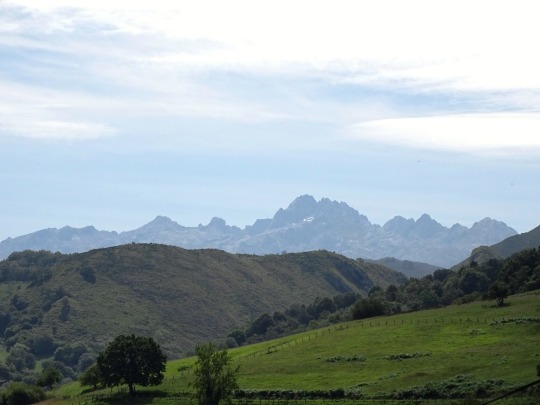

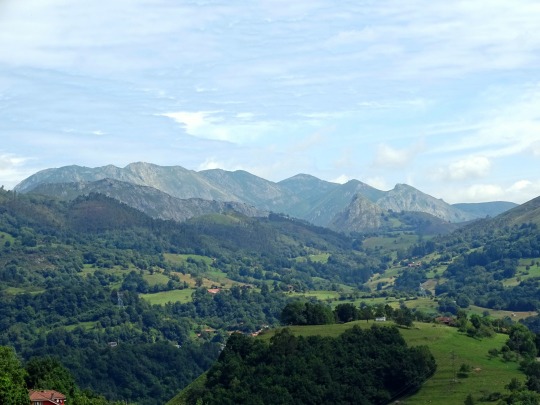
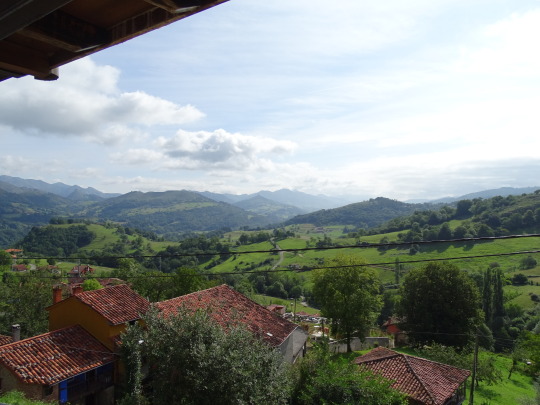
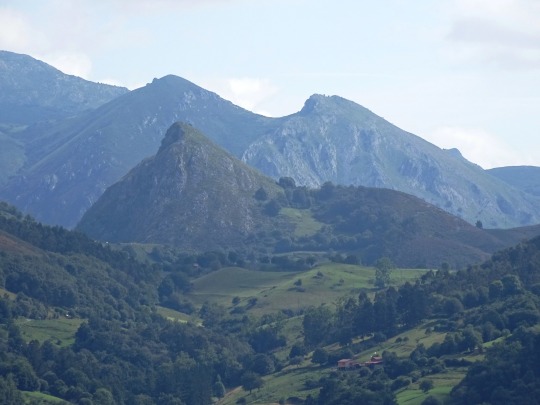
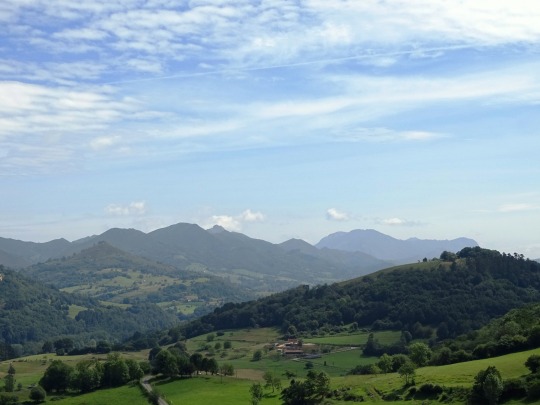
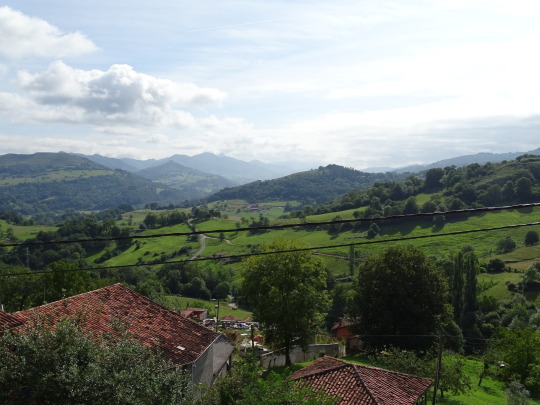
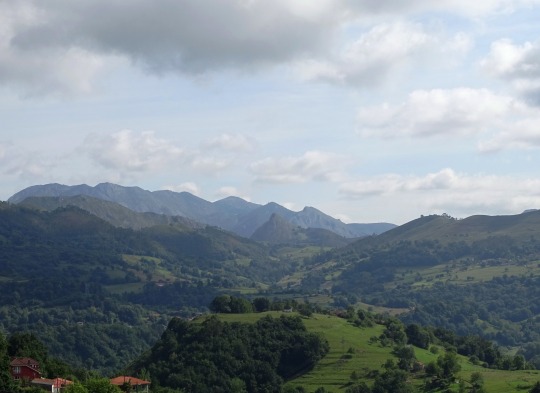
Cangas de Onís, Spain (No. 2)
Cangas de Onís is a municipality in the autonomous community of the Principality of Asturias, Spain. a parish of that council; capital of the council; and one of the 18 judicial districts of Asturias.
The council of Cangas de Onís limits to the north with Parres and Ribadesella, to the east with Onís and Llanes, to the west with Amieva and Parres and to the south with the province of León. The motto that collects its shield is "Minima Urbium Maxima Sedium". It has a population of 6209 inhabitants (INE, 2020). In 1908 Cangas de Onís was granted the title of city.
Cangas de Onís was the capital of the Kingdom of Asturias until 774. In this population King Don Pelayo was established, and from here he undertook with his people actions on the territories of northern Spain, as the only focus of resistance to Muslim power, once the Visigothic Kingdom disappeared. In this municipality took place in the year 722 the battle of Covadonga, where Don Pelayo defeated the Muslim forces and consolidated a power and prestige that allowed him to remain independent and found the first Christian kingdom after the defeat of the Visigoths in the battle of Guadalete.
More than 2000 hectares of the council are part of the Picos de Europa National Park. Within the park is the monumental complex of Covadonga, where the Reconquest began in 722. 12 kilometers from Covadonga are the so-called lakes of Covadonga (there are three: the Enol, the Ercina and the Bricial, although this only has water during the thaw), of great relevance in the cycling field. In the capital of Cangas de Onís is the so-called "Roman Bridge", although its construction actually dates back to the Middle Ages.
The population of Cangas de Onís is settled at the junction of the rivers Sella and Güeña, the latter being a tributary of the former. In the valley between both rivers is the chapel of the Holy Cross, which was a temple of Roman times, rebuilt during the reign of Favila de Asturias.
Source: Wikipedia
#Cangas de Onís#Asturias#Parque nacional de los Picos de Europa#Picos de Europa#Cantabrian Mountains#Cangues d'Onís#landscape#Spain#countryside#forest#woods#meadow#mountain village#architecture#roofs#overcast#tourist attraction#summer 2021#original photography#España#Northern Spain#Southern Europe#clouds#nature#flora
7 notes
·
View notes
Text
they posted the list of all the towns that will participate in this year's grand prix so i had to make a post about it !!!
for the uninitiated, the grand prix is a legendary spanish game show that was rebooted last year after years without it that puts two towns to fight one against the other in funny silly games in which the mayor and the most prominent neighbours participate! it serves as promotion for the town and there's also a monetary price for the winner of the final i think ? it takes place during all summer so it's a core memory of spanish summer :)
here's an extremely long video with the best moments of last year, so you can see the vibes and what the games are about and stuff, it's very family friendly and kinda cringy but in a fun way
anyways, the towns !!!! there's 14 this year, below i'll post a pic of each of them; they're, in order:
almacelles, in lleida (catalunya), with 6.8k inhabitants.
bembibre, in león (castilla y león), with 8.1k inhabitants.
binissalem, in mallorca (balears), with 9.1k inhabitants.
burela, in lugo (galicia), with 9.4k inhabitants.
cangues d'onís, in asturies, with 6.3k inhabitants.
llerena, in bazajoz (extremadura), with 5.6k inhabitants.
medio cudeyo, in cantabria, with 7.6k inhabitants.
morata de tajuña, in madrid, with 8.1k inhabitants.
ondara, in alacant (valència), with 7.3k inhabitants.
olvera, in cádiz (andalucía), with 7.8k inhabitants.
san adrián, in nafarroa, with 6.4k inhabitants.
santo domingo de la calzada, in la rioja, with 6.2k inhabitants.
tauste, in zaragoza (aragón), with 6.8k inhabitants.
villanueva de la torre, in guadalajara (castilla-la mancha), with 6.6k inhabitants.
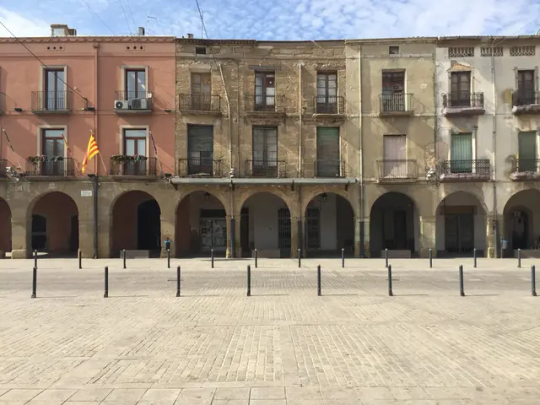
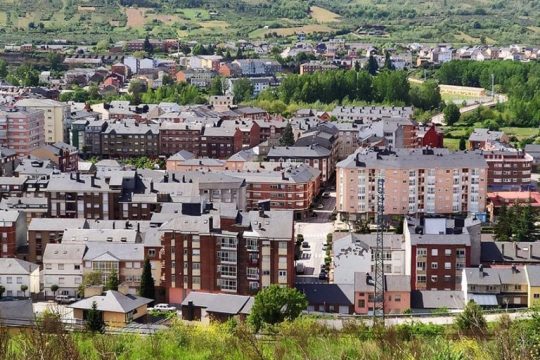


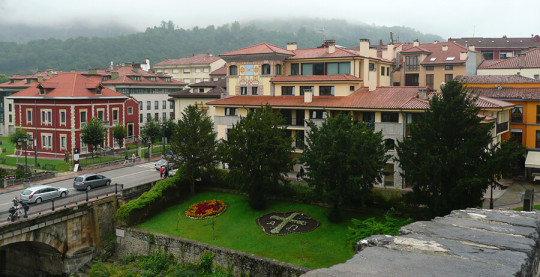
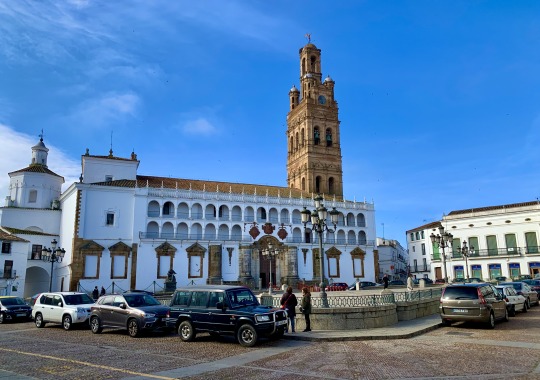
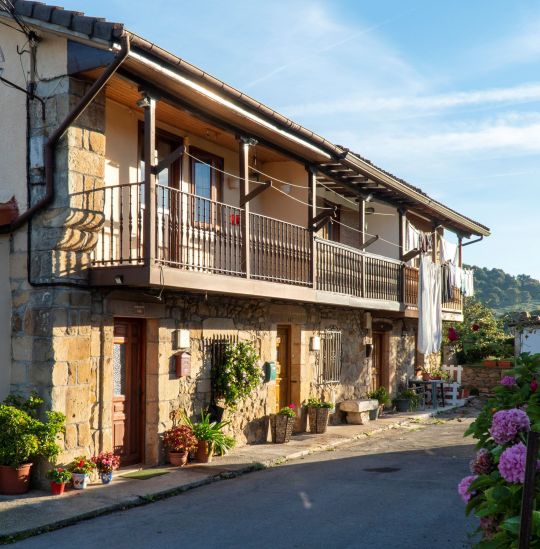
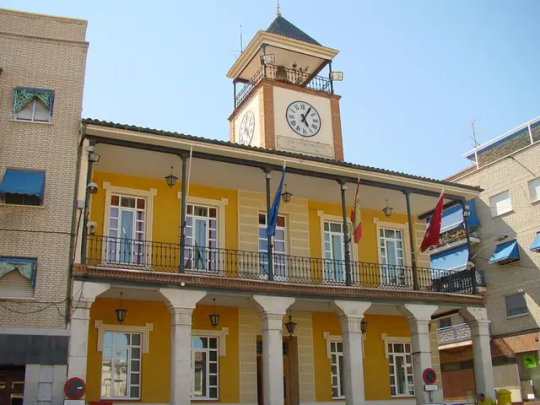

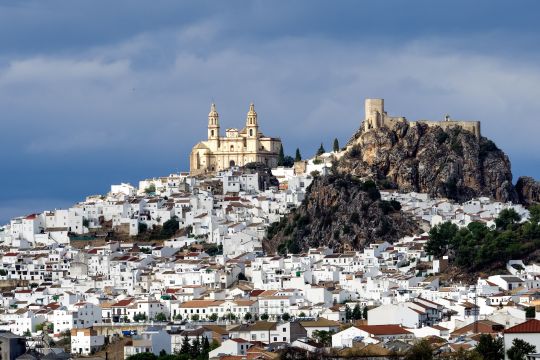

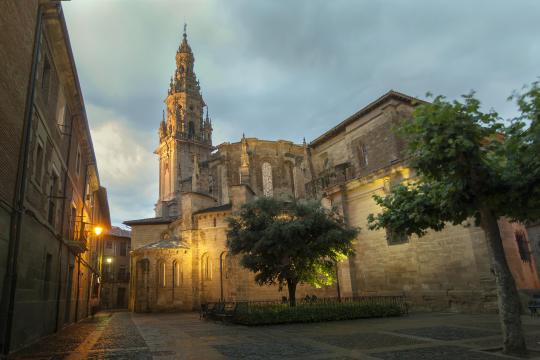


3 notes
·
View notes
Text

The Basílica de Santa María la Real de Covadonga is a Catholic church located in Covadonga/Cuadonga, Cangas de Onís/Cangues d'Onís, Asturias, Spain, that was designated as a basilica on September 11, 1901.
0 notes
Video
029 Cangues de Onís by Joanot Via Flickr: Pont de Cangues d’Onís (Astúries) Spain ***************** All right reserved Contact: [email protected] ****************** All my photos in one click
2 notes
·
View notes
Text
0 notes
Photo

"Puente Romano" de Cangas de Onís, Asturias (di bertanuri)
17 notes
·
View notes
Photo










Cangas de Onís, Spain (No. 4)
Cangas de Onís (in Asturian Cangues d'Onís and officially: Cangues d'Onís/Cangas de Onís) is, in addition to a concejo (municipality), parish of the homonymous council itself, of which it is capital, in the Principality of Asturias and a city, a title it received from King Alfonso XIII in 1907. It has an area of 27,867 km² (SADEI, 2020) and a population of 4,320 inhabitants (INE, 2020), spread over some 1,931 homes (INE, 2010).
Source: Wikipedia
#Cangues d'Onís#Cangas de Onís#Asturia#Spain#España#balcony#summer 2021#travel#Parque nacional de los Picos de Europa#vacation#Cantabrian Mountains#original photography#landscape#countryside#architecture#mountain village#clouds#tourist attraction#landmark#forest#meadow#Northern Spain#Southern Europe#woods#flora#nature
2 notes
·
View notes
Photo


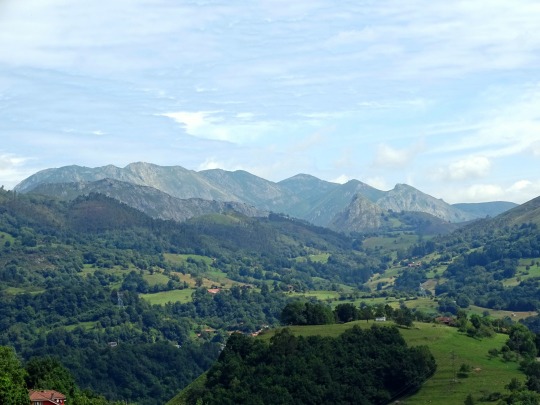







Cangas de Onís, Spain (No. 3)
The relief of the county is rugged, with especially mountainous areas and marked depressions. To the north runs the river Sella, making the municipal limit with Parres from Arriondas until it enters Ribadesella. The Sierra de Cuana, whose maximum altitude rises to 900 meters (Cerro Mofrecho), makes a natural limit with Ribadesella. To the northeast, the Sierra de la Cubeta (654 meters), marks the limit with Llanes. To the east, after the valley of the river Güeña, appear the first mountain ranges of the Picos de Europa, such as the Sierra de Covalierda (1135 meters), making the limit with Onís. The southwest and south is the area of higher altitude, where the Massif of Cornión, in the heart of the Picos de Europa, serve as a limit with the province of León and Amieva. To the west, the Dobra River forms the boundary with Amieva until its mouth at the Sella River, which will again be the natural limit to Arriondas. The maximum height of the municipality corresponds to the Torre de Santa María peak (2478 meters), located in the Cornión Massif, the westernmost and most vast of the Picos de Europa. Other outstanding elevations are Torre del Medio (2465 meters), Torre Cebolleda (2438 meters) and Torre de la Canal Parda (2369 meters), located in the same sector. Do not forget the lakes of Covadonga (Enol and Encina), which are within the territory of Cangas. The altitude therefore ranges between 2478 meters (Torre de Santa María) and 20 meters on the banks of the river Sella. The village rises 87 meters above sea level 1.
Its conditions of height and orientation make it have different types of vegetation as its altitude descends, going from lichens and alpine plants at heights of 2500 meters, to bushes and heather at 800 and 1500 meters, oaks, beech and ash trees at heights of around 400, and already below these heights are the meadows of the Sella and Güeña rivers. Grassland forests and scrub complete its vegetation.
Source: Wikipedia
#Cangas de Onís#Cangues d'Onís#Asturia#Cantabrian Mountains#vacation#Parque nacional de los Picos de Europa#España#Spain#Northern Spain#Southern Europe#mountain village#roof#landscape#countryside#travel#summer 2021#clouds#original photography#meadow#forest#woods#flora#tourist attraction#landmark#blue sky
2 notes
·
View notes
Photo
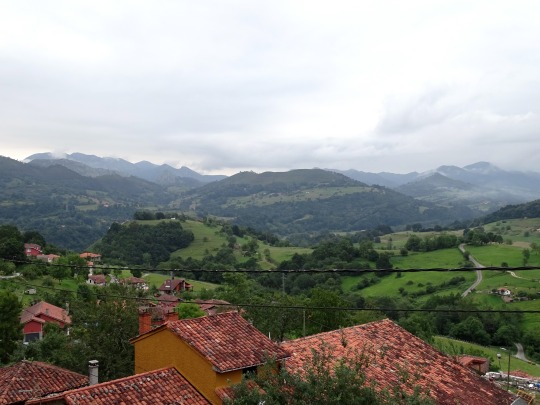
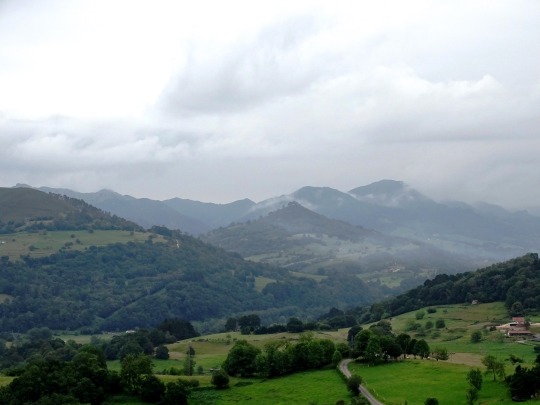

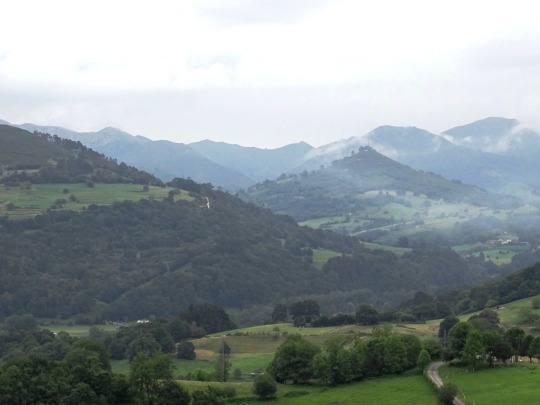
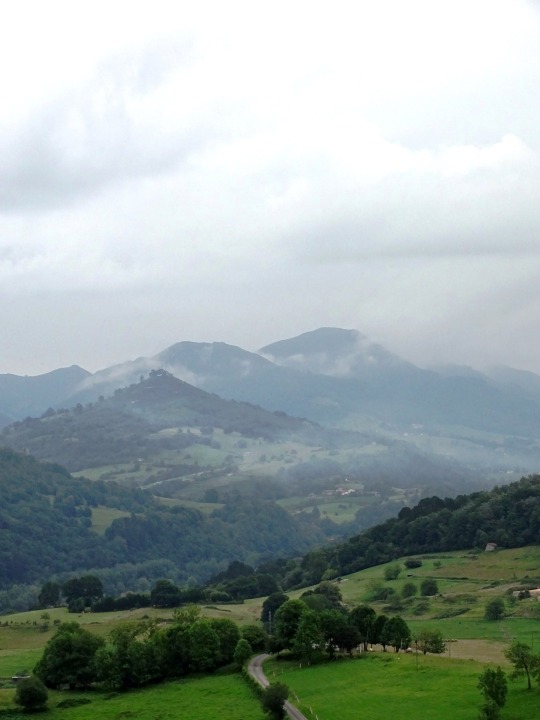


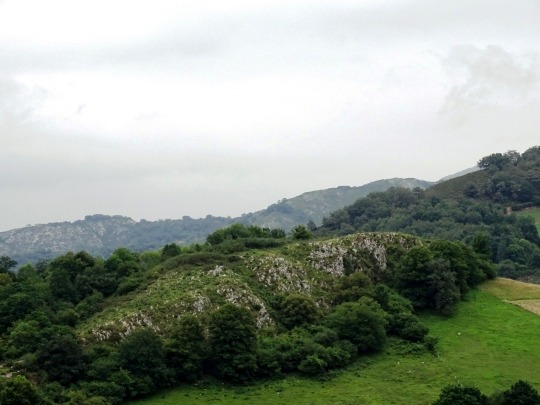


Cangas de Onís, Spain (No. 1)
Cangas de Onís (Asturian: Cangues d'Onís "valleys of Onís") is a municipality in the eastern part of the province and autonomous community of Asturias in the northwest of Spain. The capital of the municipality is also Cangas de Onís.
More than seventy square kilometres of the conceyu form part of the Parque nacional de los Picos de Europa.
Within the park is the village of Covadonga, where the battle of Covadonga (about 722), the first major victory by a Christian military force in Iberia after the Islamic conquest, marks the starting-point of the Reconquista. Cangas de Onís is the site of the first church constructed in post-conquest Iberia, Santa Cruz de Cangas de Onís (737), built on an ancient dolmen.
A parish named Cangas de Onís is attested for the 14th century. The stone bridge across the Sella River was built in the 14th or 15th century.
Cangas de Onís was represented in the Junta General of the principality of Asturias in 1504. Covadonga began to be developed as a pilgrimage site in the 16th century, attracting commerce. The settlement of Cangas de Onís grew rapidly in the mid 19th century. A meteorite fall is recorded for the year 1866.
Cangas de Onís/Cangues d'Onís was bombarded several times in the Spanish Civil War. It served as the seat of the Regional Council in the "pre-autonomous regime" of 1978–1981 prior to the entering into force of the Statute of Autonomy of the Principality of Asturias on 31 January 1982.
Given its varied height it has many types of plants, including many mountain shrubs, heather; oak, have and ash trees, rounded by grassland and copes.
The main economic activities of this region are agriculture and cattle rearing along with rural tourism. The nearby Covadonga Sanctuary and its surrounding lakes are one of the main tourist destinations in Asturias.
Source: Wikipedia
#Cangas de Onís#Asturias#Parque nacional de los Picos de Europa#Oriente#Cantabrian Mountains#angues d'Onís#landscape#overcast#rainy morning#countryside#original photography#summer 2021#mountain village#travel#vacation#tourist attraction#landmark#forest#woods#meadow#Spain#Northern Spain#Southern Europe#España#architecture#cityscape#road
3 notes
·
View notes
Photo

Not Your Typical Spain
What do you think about my pic?
#Cangas de Onís#Asturias#Oriente#Cangues d'Onís#view#mountains#Parque nacional de los Picos de Europa#Picos de Europa#Peaks of Europe#Cantabrian Mountains#northwest of Spain#Northern Spain#travel#vacation#nature#landscape#countryside#summer 2021#original photography#tree#flora#woods#forest#photo of the day#What do you think about my pic?#meadow#España#Southern Europe
10 notes
·
View notes
Video
5002 - Cangues VIII by Joanot Via Flickr: Cangues d'Onís (Astúries) Spain
0 notes
Video
5002 - Cangues VII by Joanot Via Flickr: Cangues d'Onís (Astúries) Spain
0 notes
Video
5002 - Cangues VI by Joanot Via Flickr: Cangues d'Onís (Astúries) Spain
0 notes
Video
5002 - Cangues III by Joanot Via Flickr: Cangues d'Onís (Astúries) Spain
0 notes
Video
5002 - Cangues I by Joanot Via Flickr: Cangues d'Onís (Astúries) Spain
0 notes
Text
0 notes
